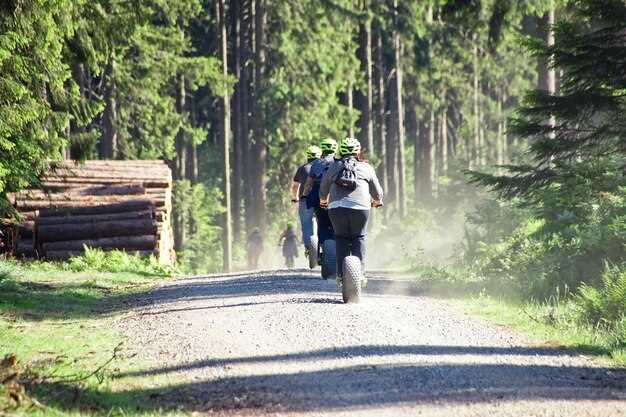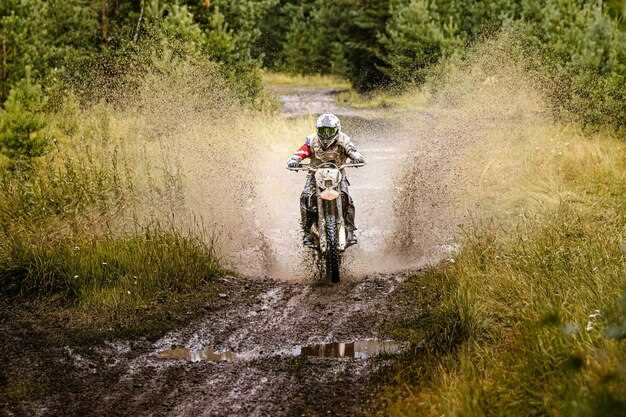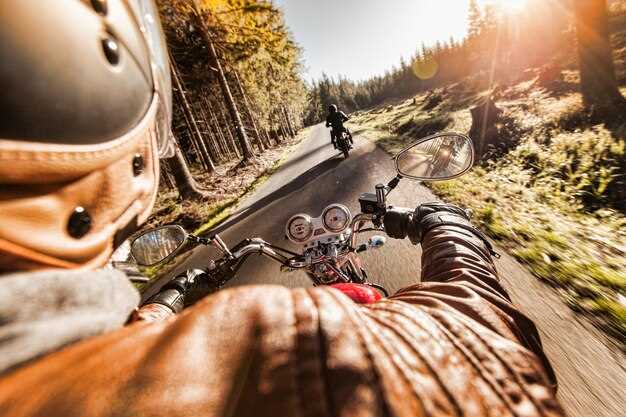
Capturing the thrill of motorcycles on the trail requires more than just a good camera; it demands a mastery of quick and effective techniques. Whether you’re a seasoned photographer or a newcomer, understanding the unique dynamics of motorcycle photography can elevate your images from average to extraordinary. In this article, we will explore the fast and dirty techniques that allow you to encapsulate the essence of bikes in motion.
One of the key aspects of effective motorcycle photography is timing. Motorcycles move swiftly, and your ability to anticipate their movements along the trail is crucial. By honing your skills in tracking the riders, you can create stunning action shots that convey speed and excitement. Utilizing a variety of shutter speeds can help you capture the perfect balance between motion blur and clarity, allowing the energy of the scene to leap off the page.
Additionally, understanding your environment is vital for great photography. The trail offers a variety of backdrops, from dense forests to open landscapes, each contributing to the story behind your images. Experimenting with different angles and perspectives will help you discover how to best showcase the bikes in their natural setting, adding depth and dimension to your photographs. By applying these techniques, you will not only improve your skills but also develop a unique style that reflects your passion for motorcycles.
Choosing the Right Settings for Action Shots

Capturing the thrill of bikes on a trail requires precise camera settings to ensure you freeze the action while maintaining clarity. Start with a fast shutter speed, typically 1/1000 of a second or faster, to eliminate motion blur from the moving subjects. This is crucial when photographing motorcycles carving through turns or jumping over obstacles.
Next, consider your aperture. A wider aperture, such as f/2.8 or f/4, allows more light to enter the lens, ensuring that your images are well-exposed even in challenging lighting conditions. However, be mindful that a shallower depth of field may blur the background, making the bikes stand out even more.
ISO settings play a vital role as well. Opt for a lower ISO setting, like 100 or 200, in bright daylight to keep the images clean and free from noise. If the light begins to fade, adjust the ISO accordingly to maintain a fast shutter speed without compromising image quality.
Utilizing continuous shooting mode will let you capture a burst of frames in quick succession, increasing your chances of obtaining that perfect shot of a bike in action. Be ready to anticipate movements and track the riders, adjusting your focus mode to continuous autofocus (AI Servo for Canon or AF-C for Nikon) for optimum results.
Finally, remember to check your white balance settings. Depending on the conditions, selecting the appropriate mode for sunny, cloudy, or shaded environments will enhance the colors of the bikes and the surrounding trail.
Framing and Composition for Dirt Bike Adventures
When capturing the exhilarating moments of dirt bike adventures, the right framing and composition can elevate your photography significantly. Start by exploring your surroundings; look for trails that offer a dynamic backdrop. Incorporating natural elements such as trees, rocks, or soil patterns can enhance your images, providing context and showcasing the rugged terrain.
Utilize the rule of thirds to create balanced compositions. Place your bikes or riders at the intersecting points of a 3×3 grid. This technique draws the viewer’s eye into the action while allowing ample space to appreciate the environment. For instance, if a biker is racing around a bend, positioning the motorcycle off-center can impart a sense of speed and movement.
Additionally, experiment with leading lines found in trails to guide the viewer’s gaze towards the subject. Curving paths or dirt tracks can create depth in your photos, emphasizing the distance and the adventurous spirit of dirt biking.
Don’t shy away from varying your angles. Low-angle shots can make bikes appear more imposing, while high angles can display the vastness of the landscape. Capture the action from different perspectives–close-ups of riders’ expressions, wide shots that include the trail, and everything in between. This variety can narrate a more comprehensive story of the adventure.
Lastly, keep an eye out for natural frames within the environment. Use tree branches, trail edges, or hills to create a frame around your subject, creating a sense of depth and focus. These compositional techniques will not only enhance the visual impact of your dirt bike photography but also help convey the thrill of the ride.
Tips for Capturing Motion in Off-Road Conditions

When photographing bikes on trails, the challenge lies in effectively capturing their dynamic movement amidst rugged terrain. Start by using a fast shutter speed to freeze action moments. This ensures crisp images of the bikes as they navigate through dirt and obstacles without motion blur impairing your shots.
Experiment with panning techniques. By following the bike’s movement with your camera while shooting, you can create a dynamic background blur that emphasizes speed. Practice this technique to maintain a sharp focus on the bike while achieving a sense of motion in the surrounding environment.
Consider using continuous shooting mode. This allows you to capture a burst of images in quick succession, increasing your chances of catching the perfect moment as bikers leap over jumps or race through mud. Review these images later to select the ones that best convey the thrill of off-road biking.
Utilize natural light effectively. Preferably shoot during the golden hours–early morning or late afternoon–when the sunlight is softer. This will enhance the colors and add depth to your images, making the bikes stand out against the backdrop of trails and vegetation.
Be aware of your surroundings. Scout locations that offer interesting angles, like hills or turns in the trail, which can add drama to your shots. Capture the bike at various points along the trail to showcase its capabilities and the challenges of the environment.
Lastly, engage with the bikers. Communicating with them can help you understand their routes and plan for specific shots. Knowing when to anticipate jumps or tight turns will enable you to position yourself for impactful photographs that truly reflect the excitement of off-road riding.





